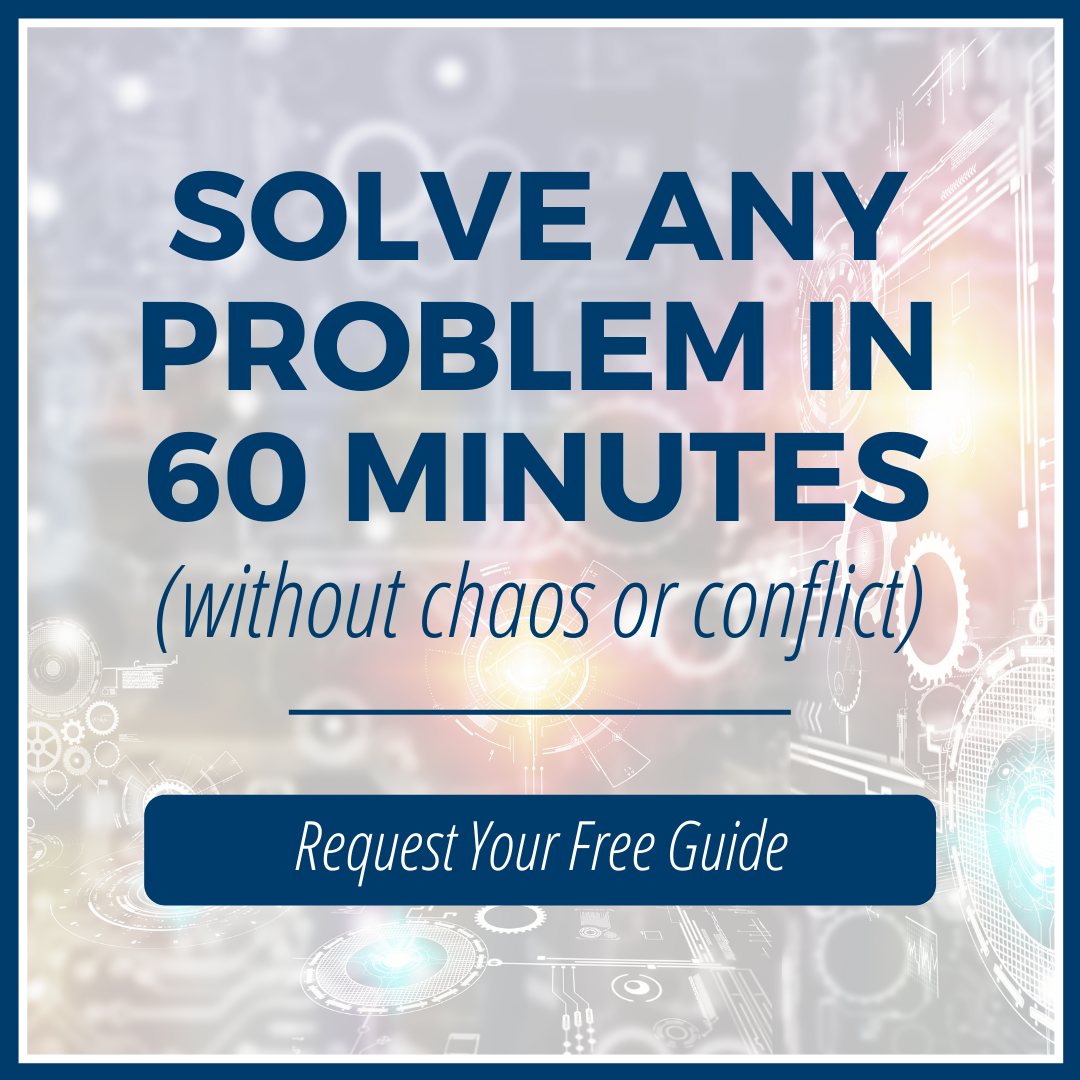Daniel Siegel, M.D., wrote the forward to Mary Gordon’s singular book Roots of Empathy: Changing the World Child by Child,[1] in which Dr. Siegel capsules his understanding of empathy with “care, connect, communicate.” As a teacher himself, he suggests that empathy should be added to the three “R’s” as the “fourth R” of education – “reflective empathy”. Siegel explains this as social intelligence.
This cognitive form of empathy reveals how we make maps of others’ minds to understand how they feel, what they think, and even imagine ourselves walking in their mental shoes.
Mary Gordon explains in her experiential book that the parameters of empathy are outlined in the very human conditions of our humanity.
If we cannot see the other person as human like, we will not be able to identify with him. If we cannot put ourselves in his place, we will not recognize his experiences and feel what he feels. This failure of empathy at best leads to complicity and apathy; at worst, it leads to cruelty and violence. (p. 31)
Dr. Seigel apparently could not refrain from referencing one of his own books, Mindsight[2], while reflecting on Mary Gordon’s presentation of empathy in her book. He compares empathy to a rainbow of many colors.
Empathy comes in many colors. … In each hue of empathy, we see and we feel and we care about the inner mental sea of others… to sense the mind beneath the behavior. … This perceptual skill, what can be called “mindsight”, enables us to sense the inner flow of information and energy that is at the heart of our subjective lives. Mindsight is the mechanism underlying social and emotional intelligence and permits us to know both the minds of others and of ourselves. … Mindsight skills enable us to be more thoughtful, focused, and resourceful.
Empathy is part of our emotional response to life. Mary Gordon seems to be in conversation with Daniel Siegel as she responds to Siegel’s “mindsight”:
Nature is on our side in creating strong, empathic societies. We are born with the capacity for empathy. An ability to recognize emotions transcends race, culture, nationality, social class and age. … Our feelings and our expression of them are universal. … The emotions and their expression are the same. Clearly our emotions and the need to have them understood by others are so basic that the visible signals of how we are feeling have become essential aspect of humans around the world. This is our deepest connection with one another. (p. 32)
Daniel Siegel agrees with Mary Gordon when he responds that “Others can also ‘feel felt’ by us, sensing that their feelings are in tune with ours – that we resonate with their own inner life … to sense that others are connected to us.”
Daniel Siegel is a pediatric doctor and child psychiatrist; in these roles, he is a logical authority who rightfully earns the call to write the foreword to Mary Gordon’s book. He highly endorses Mary Gordon’s intuitive design of exposing school children to the relationship of mother and child to learn the dynamics of empathy that is innate early in life and can to be learned at any age.
The simple description of this teaching plan is that once a month, a mother brings her five-month old baby to visit with school children to spend an hour in a classroom throughout a school year. The school children are prepared with appropriate instructions of progressive child development – grades kinder, 1-3, 4-7. The children watch how the baby develops over the school year in relation with the mother and in the dynamics between the baby and students. This is a highly prepared and carefully designed program that has enjoyed great success in Canada.
Reading Mary Gordon’s book would be a rewarding experience this Spring when temperatures warm up and tulips and daffodils bloom. Everyone is aware of making a new start in Spring, because people in general feel like doing something to improve either personally with changing different aspects of their lives or reaching out to others in need to make this a better world. Need to change lifestyle? Awakened empathy? Behaviors like losing weight, lessening social medium, helping out with neighborhood social work are all areas of interest for many during Spring. We all want to be better human beings, interested in connecting. Spring can be a good starting point on caring, connecting, and communicating with one another.
[1] Gordon, Mary, (2009); Empathy: Changing the World Child by Child, The Experiment LLC, New York, N.Y.
[2] Siegel, Daniel, (2010); Mindsight, The New Science of Personal Transformation, Bantam, New York, N.Y.




